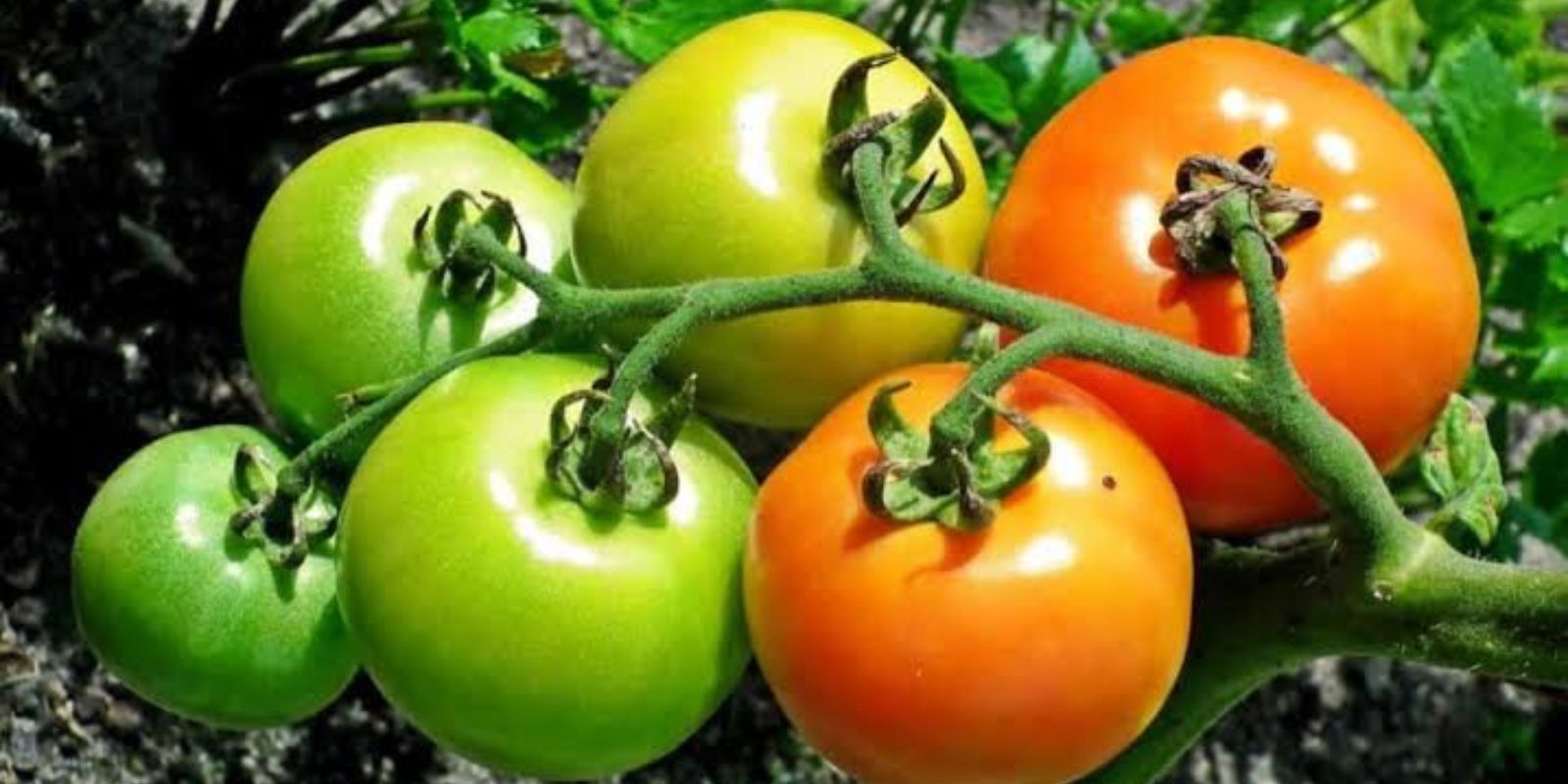Tomatoes are a staple in many home gardens and for good reason—they’re versatile, delicious, and relatively easy to grow. However, achieving a bountiful harvest of plump, flavorful tomatoes requires more than just planting seeds and waiting for nature to take its course. By adopting innovative gardening techniques and optimizing growing conditions, you can significantly boost your tomato yield. This guide will take you through everything you need to know to grow faster, bigger, and better tomatoes.
Understanding Tomato Growth Essentials
To successfully grow tomatoes, it’s essential to understand their basic needs. Tomatoes thrive in sunny locations, require nutrient-rich soil, and need consistent care. By addressing these fundamental requirements, you create a strong foundation for your plants to flourish.
Here are some key considerations:
- Sunlight: Tomatoes need at least 6-8 hours of direct sunlight daily. Choose a sunny spot to maximize growth.
- Soil: Nutrient-rich, well-draining soil with a slightly acidic pH (6.0-6.8) is ideal for tomato plants.
- Water: Consistent, deep watering prevents stress and supports healthy fruit development.
- Temperature: Tomatoes grow best in temperatures between 70°F and 85°F.
Step 1: Select the Right Tomato Varieties
Choosing the right variety of tomatoes is the first step in maximizing yield. Some tomato plants are bred specifically for high yields, while others are disease-resistant or suited for specific climates.
- Determinate Varieties: These grow to a set size and produce fruit all at once, ideal for smaller gardens. Examples include Roma and Celebrity.
- Indeterminate Varieties: These grow continuously and produce fruit over an extended period, making them perfect for larger spaces. Examples include Cherry and Big Boy.
By selecting varieties that align with your gardening goals and climate, you’ll set your plants up for success.
Step 2: Prepare the Soil
Healthy soil is the cornerstone of a successful tomato harvest. Start by testing your soil’s pH to ensure it falls within the optimal range. If your soil is too acidic or alkaline, adjust it using lime or sulfur.
- Add Compost: Mix organic compost into your soil to provide essential nutrients like nitrogen, phosphorus, and potassium.
- Use Mulch: Mulching with straw or wood chips conserves moisture, suppresses weeds, and regulates soil temperature.
- Incorporate Fertilizer: Use a balanced, slow-release fertilizer or one specifically formulated for tomatoes.
Step 3: Prune for Productivity
Pruning is an essential technique for maximizing tomato yield. It allows the plant to direct energy toward fruit production rather than excess foliage.
- Remove Suckers: Suckers are the small shoots that grow between the main stem and branches. Pinch them off to focus the plant’s energy on producing fruit.
- Trim Lower Leaves: Remove leaves near the base of the plant to prevent soil-borne diseases from spreading.
- Control Growth: For indeterminate varieties, limit the number of main stems to one or two for better airflow and sunlight exposure.
Step 4: Provide Proper Support
Supporting your tomato plants is crucial to prevent damage and ensure healthy growth. Staking, caging, or trellising keeps plants upright and off the ground.
- Staking: Drive sturdy stakes into the soil next to your plants and tie the stems loosely to the stakes. This method is ideal for smaller gardens.
- Caging: Place a wire cage around each plant to support the branches and allow them to spread naturally.
- Trellising: For larger spaces, use a trellis to train tomato plants to grow vertically.
These methods not only save space but also improve air circulation, reducing the risk of fungal diseases.
Step 5: Optimize Watering and Feeding
Proper watering and feeding are critical for maximizing tomato production. Inconsistent care can lead to issues like blossom-end rot or splitting fruit.
- Water Deeply: Tomatoes prefer deep, consistent watering. Water at the base of the plant to keep the leaves dry and prevent fungal infections.
- Fertilize Regularly: Use a tomato-specific fertilizer that is high in potassium and phosphorus to support flowering and fruiting.
- Avoid Overfeeding: Too much nitrogen can result in lush foliage but fewer fruits.
Step 6: Protect Against Pests and Diseases
Tomatoes are prone to pests like aphids, whiteflies, and hornworms, as well as diseases such as blight and wilt. Take preventative measures to keep your plants healthy.
- Use Companion Plants: Grow basil, marigold, or garlic near your tomatoes to repel pests naturally.
- Apply Neem Oil: Use neem oil as an organic pesticide to keep harmful insects at bay.
- Rotate Crops: Avoid planting tomatoes in the same spot year after year to prevent soil-borne diseases.
Step 7: Harvest Smartly
Knowing when and how to harvest your tomatoes can impact the quality and yield of your crop.
- Harvest at Peak Ripeness: Pick tomatoes when they are fully colored and slightly firm.
- Handle Gently: Avoid bruising the fruit by handling it carefully.
- Store Properly: Store tomatoes at room temperature for the best flavor. Avoid refrigeration, as it can diminish taste and texture.
Additional Tips for Boosting Yield
- Epsom Salt: Sprinkle Epsom salt around your plants to provide magnesium and encourage healthy growth.
- Eggshells: Crush eggshells and add them to the soil for a calcium boost, which prevents blossom-end rot.
- Coffee Grounds: Use coffee grounds as a natural fertilizer to enrich the soil.
- Pinch Flowers Early: Pinch off the first few flowers to allow the plant to grow stronger before producing fruit.
Benefits of These Techniques
By implementing these innovative techniques, you’ll enjoy numerous benefits:
- Increased fruit production
- Healthier, disease-resistant plants
- Improved fruit quality and flavor
- A more sustainable and enjoyable gardening experience
Conclusion
Growing tomatoes doesn’t have to be a daunting task. By following these innovative techniques, you can transform your garden into a tomato paradise, reaping the rewards of a bumper harvest. Whether you’re a seasoned gardener or a beginner, these tips will help you cultivate faster, bigger, and better tomatoes.
💬 What are your go-to tomato-growing tips? Share them in the comments below!
🌱 #TomatoTips #GardeningHacks #GrowYourOwnFood #SustainableGardening #HomeGardenGoals

